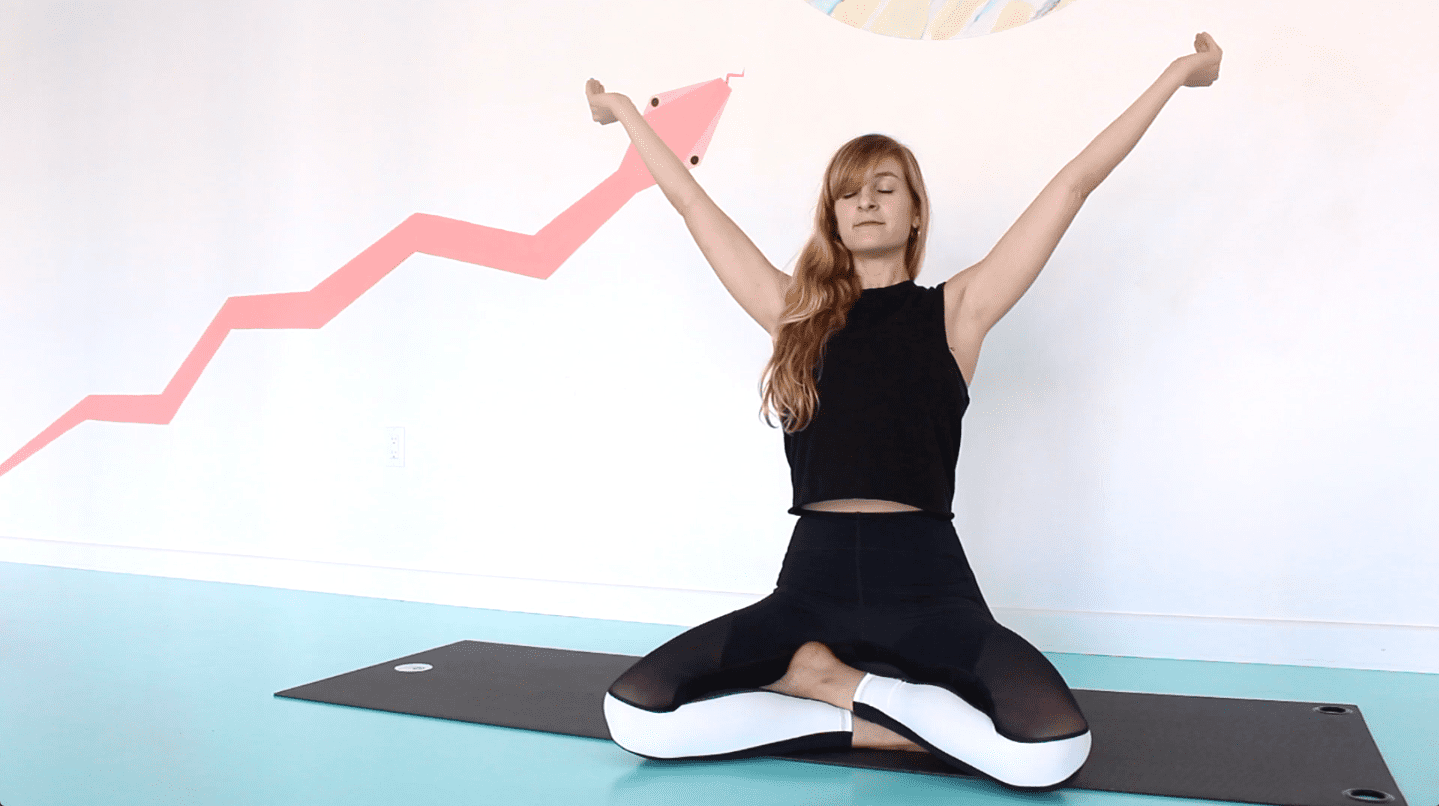Hey folks, feeling the daily grind a bit too much? Life’s a bit of a whirlwind, we know. In this space, we’re taking a laid-back approach to tackle stress, exploring the simple yet powerful world of stress-free breathing. No need for a guru or complicated rituals—just you, your breath, and a commitment to a more relaxed you. So, pull up a chair, take a deep breath, and let’s navigate the journey to tranquility together
We’ve heard it everywhere, from a colleague, friend, and even family members. When you’re stressed out, take a deep breath and there is a good reason for that phrase.
Our breathing changes depending on the state of feeling we are in. It goes from short and shallow when stressed to deeper when we are very relaxed. We breathe differently whether it be a yawn, a sigh, a sob or laugh. Am I saying you can reduce anxiety, anger, or even talk yourself into falling asleep when a lot is on your mind?
Sadly no!
But we can simply ease these feelings through the practice of “pranayama” (the control of breath) this is a practice that involves controlling ones’ breath in order to shift the individuals’ consciousness from a more stressed/frantic state to one that is meditative for stress-free breathing. This practice is done commonly in all varieties of yoga.
Breathing influences how we process thoughts and also our own physiology. By diverting your attention to your own breathing, you can help direct yourself into relaxation. Too much attention on unwanted thought may cause anxiety, guilt and unhappiness.
“If you are perpetually angry, depressed, confused, and unloving, or your attention is elsewhere, it won’t matter how successful you become or who is in your life—you won’t enjoy any of it,” says best-selling author Sam Harris.
By shifting your awareness to the mechanics of your breathing whenever you find yourself in being negative or dwelling on a situation, it’s best to try to “take a deep breath.” One technique you can use yourself is called the “4-7-8” rule
- Close your mouth and inhale quietly through nose to a mental count of four
- Hold your breath for a count of seven
- Exhale completely through your mouth, to a count of eight
This will count as one breath. Repeat again and go for a total of four breaths. The most important part of this rule is holding the count for eight because by keeping the breath in, it will allow oxygen to fill your lungs and circulate your body producing a “relaxing effect” with stress-free breathing.
Try to practice this at least twice a day, and don’t do it too frequently for the first month of practice as you are just getting used to this method. Our breath will wake us up or energize us. It can provide relaxation and even balance to us.
By being conscious of your own breathing you can train the body’s reaction to a stressful situation and dampen the production of harmful stress hormones. When you are rapidly breathing it is being controlled by the sympathetic nervous system, this is part of the “fight or flight” response and is activated by stress.
When participating in slow, deep breathing, you are stimulating an opposing “parasympathetic reaction” the one that is associated with calming us down. This response is all controlled by a separate set of nerves including the “Vagus nerve” which aids in reducing the response to stressful situations.
Meditation and respiration have always gone hand-in-hand. Ever meet a yogi or a Buddhist? How much more relaxed are they comparatively to the average individual? Now, this doesn’t mean you can only focus on your breathing during meditation. You can do this while driving or walking around too.
Learn to breathe with your diaphragm
- Breathe in slowly through the nostrils so that your stomach moves against your hand. Chest should remain as still as possible.
- Place on hand on upper chest and the other just below rib cage, this allows you to feel your diaphragm move as you breathe.
- Tighten your stomach muscles, let them fall inward as you exhale through “pursed lips”.
Through learning how to deeply breathe from the diaphragm or lower abdomen you aid in,
- increasing your lung capacity
- increasing the lungs capacity to oxygenate your blood
- increase the restorative ability of your body and facilitate removal of waste products.
- aiding stress-free breathing
“Breathing is about staying alive on one level, but it’s also connected to emotional life” – Christopher Del Negro (neurophysiologist) College of William & Mary
By Kyle Acuna








